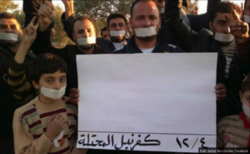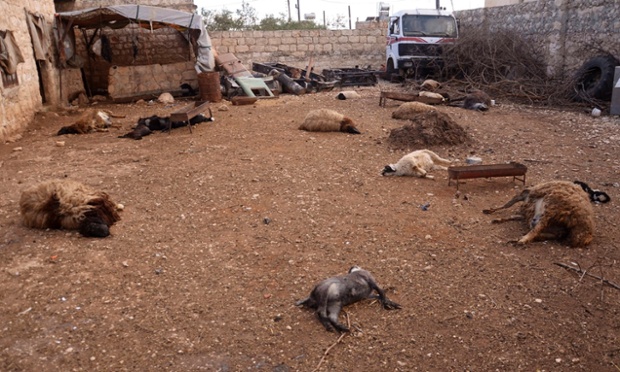Syria Opinion: How to Meet the Challenge of Covering Conflict
 Dramatic and complex events like those in Syria, with the prospect of further escalations both in and beyond that country's borders, demand careful, dedicated and in-depth coverage and analysis. Yet, on Wednesday, The Guardian announced that after 28 months, it is ending its Live Coverage not just of Syria, but of the entire Middle East. Its reason --- news is slowing to "gradual incremental developments" and it can no longer justify expenditure of resources on the project.
Dramatic and complex events like those in Syria, with the prospect of further escalations both in and beyond that country's borders, demand careful, dedicated and in-depth coverage and analysis. Yet, on Wednesday, The Guardian announced that after 28 months, it is ending its Live Coverage not just of Syria, but of the entire Middle East. Its reason --- news is slowing to "gradual incremental developments" and it can no longer justify expenditure of resources on the project.
Of course, the decision was probably reached because of "business", not journalism. However, if news is to be effective, media have to find a way out from the financial dead end. An initiative has to put a relatively small investments into high-quality, dedicated work that might stand a chance of building an audience and encourage readers to pay attention to a story on a continuing basis.
 Chemical Weapons,
Chemical Weapons,  Israel,
Israel,  Paul Owen,
Paul Owen,  Syria,
Syria,  The Guardian
The Guardian 
